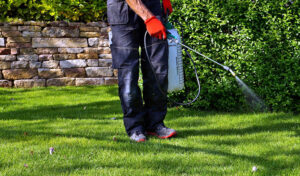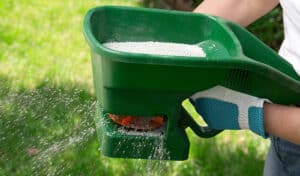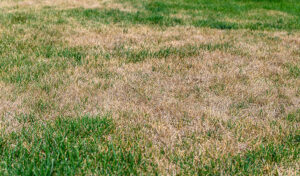This time of year there tends to be problems with mice looking for late winter food. Here are some ways you can try it yourself
There’s never just one mouse in the house.
Sorry to break the news: If you see one mouse, you almost definitely have more than one. “They’re looking for the same things that humans are looking for in the winter — food, water, and shelter,” says Mannes. “They’ve gotten so good at living with humans. When you get one, others will find their way in. Plus, they multiply very quickly.”
Droppings aren’t the only telltale signs.
Trails of little poop pellets are certainly a major sign that you have mice, but the best evidence might not always be scattered along your countertops. Another tipoff could be boxes in your pantry have been chewed through.
Or, they might cause even more dangerous damage.
Not only can they chew through walls and boxes in your pantry, but mice can cause other extensive damage. Particularly, they can chew on wires, which can lead to house fires. And they carry a slew of illnesses and bacteria
Skip the home remedies.
We’ve seen all sorts of DIY repellent ideas (including peppermint sprays, dryer sheet stuffings, and cotton balls soaked in oil and cayenne pepper), but you may want to skip them: There’s no science or evidence behind any of these methods And again, mice are so used to living with humans, that smells associated with us are not usually repellent to mice.
But store-bought traps are worth a shot.
“The tried-and-true mousetrap is still very effective who adds that a little dab of peanut butter on each spring-loaded trap is all you need. Want something a little, less out in the open? Try the d-Con Discreet No View, No Touch mousetrap, which conceals the little guy so you can just toss the whole thing.
If these simple tips don’t help…..call us!






